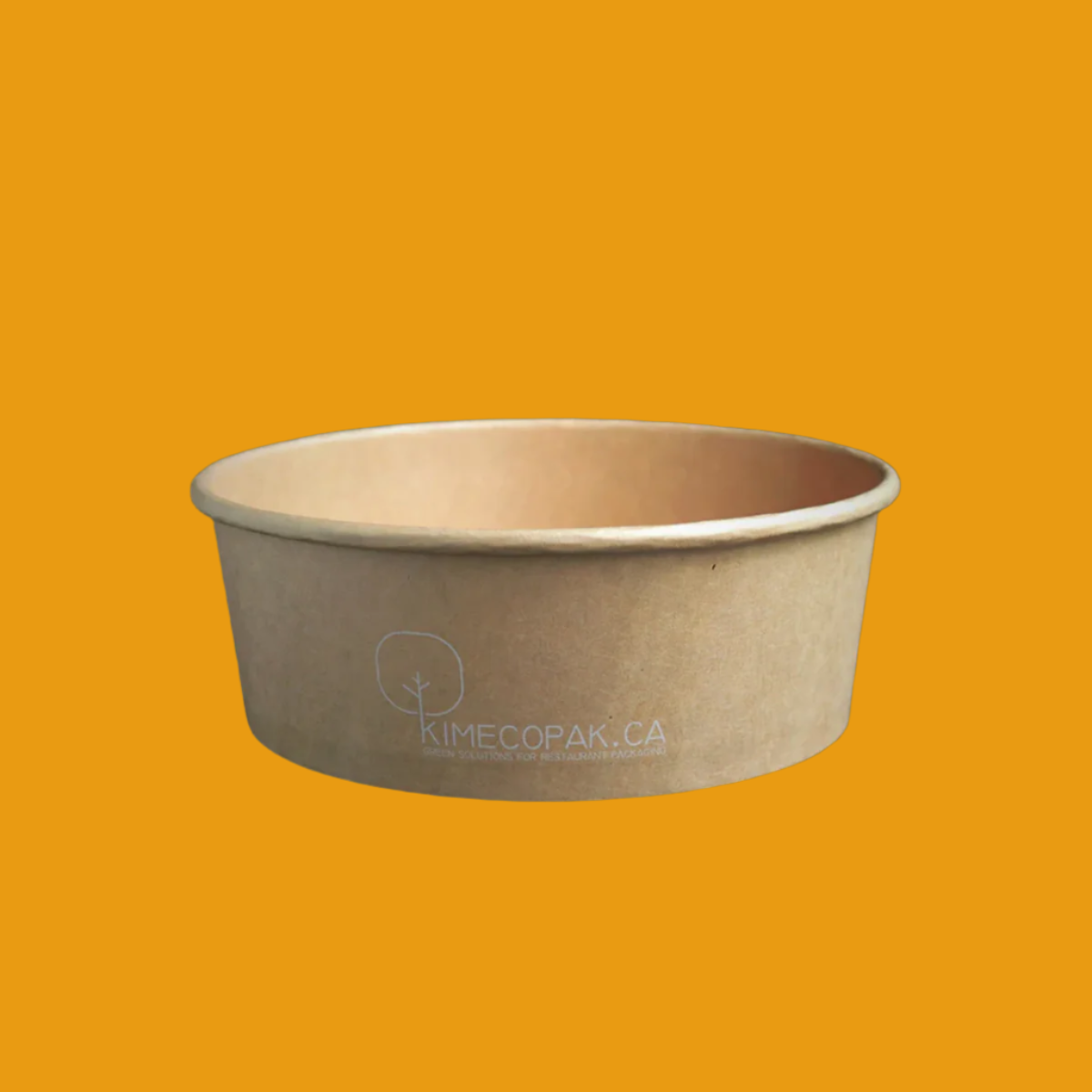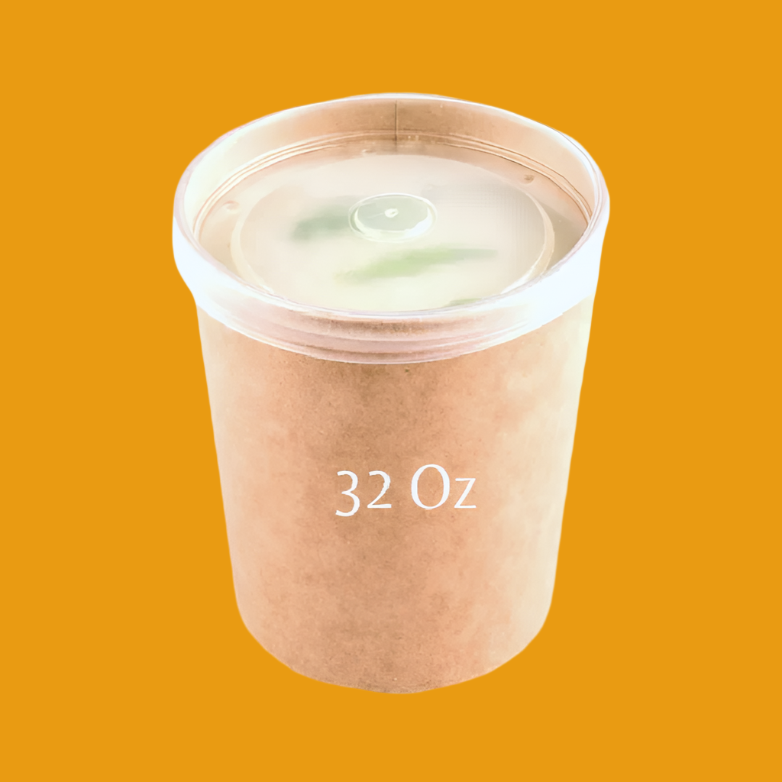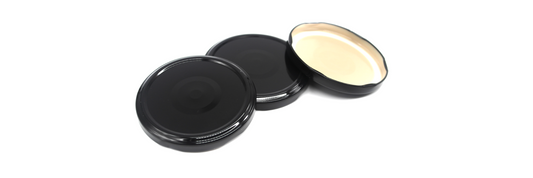When it comes to comforting and flavorful noodle dishes, two names often stand out: Pho and Ramen. These popular Asian dishes have gained worldwide recognition for their unique flavors and textures. Whether you're a food enthusiast or someone looking to expand their culinary horizons, it's essential to familiarize yourself with the nuances of Pho and Ramen. In this blog post, we'll delve into the origins, variations, and toppings of both Pho and Ramen to help you understand the distinct qualities of each.
What is Pho?
Originating from Vietnam, Pho is a traditional noodle soup that has become a cultural icon in Vietnamese cuisine. This beloved dish typically consists of a fragrant broth, rice noodles, and a variety of toppings. Pho is known for its delicate balance of flavors, combining savory, sweet, and aromatic notes in every spoonful.

Pho Origin
Pho's history can be traced back to the early 20th century when Vietnamese street vendors started selling this dish in Northern Vietnam. Originally influenced by Chinese and French culinary traditions, Pho has evolved into a unique Vietnamese specialty.
Regional Pho
As Pho gained popularity, different regions in Vietnam developed their own distinct variations. The two main types are "Pho Bac" from the north and "Pho Nam" from the south. Pho Bac is characterized by its clear, light broth, while Pho Nam features a heartier, more robust broth.
Types of Pho
Pho comes in various iterations, each with its own distinctive ingredients. Some popular variations you may encounter include:
-
Pho Tai: Thin slices of rare beef are added to the bowl, allowing the hot broth to cook the meat.
-
Pho Ga: This version utilizes tender, poached chicken, offering a lighter alternative to the traditional beef-based Pho.
-
Pho Chay: Catering to vegetarian preferences, Pho Chay excludes the meat elements, substituting it with tofu or various vegetables.
Pho Toppings and Garnishes
What truly elevates a bowl of Pho are the toppings and garnishes that add complexity and freshness to the dish. Common accompaniments include:
-
Bean Sprouts: These crunchy sprouts provide texture and freshness.
-
Basil: Adding an aromatic twist, fresh basil leaves are often torn into the soup just before consuming.
-
Lime Wedges: Squeezing lime juice into Pho enhances the acidity and brightens the overall flavor.
-
Hoisin Sauce and Sriracha: These condiments offer a balance of sweetness and spiciness, allowing diners to customize their broth to their liking.
What is Ramen?
Originating from Japan, ramen is a hearty noodle soup that has gained immense popularity worldwide. This soul-warming dish typically consists of wheat-based noodles submerged in a rich, flavorful broth and topped with an array of ingredients. Ramen is known for its diverse range of flavors, from mild and creamy to bold and spicy.

Origin of Ramen
Contrary to popular belief, ramen was not created in Japan but was heavily influenced by Chinese wheat-based noodles. The dish was introduced to Japan in the late 19th century and has since evolved into a beloved national dish.
What is Ramen Made Of?
Ramen noodles, the heart of the dish, are made from wheat flour, water, and sometimes with the addition of alkaline mineral salts known as kansui. These alkaline salts impart a yellow color and firm texture to the noodles. The broth, which is the soul of ramen, is typically made from a combination of meat or fish stock, soy sauce, and mirin, a type of sweet rice wine.
Types of Ramen Broth
Ramen broths are incredibly diverse, allowing for a wide range of taste experiences. Some popular variations include:
-
Shoyu Ramen: Known for its savory soy sauce-based broth, Shoyu Ramen offers a rich, umami-packed flavor profile.
-
Tonkotsu Ramen: Originating from Kyushu, this style of ramen features a silky, creamy broth made from simmering pork bones for hours. It offers a luscious and decadent experience for meat lovers.
-
Miso Ramen: This flavorful option incorporates fermented soybean paste, providing a robust and slightly sweet taste.
How Your Ramen Shop Can Keep Authenticity Through Specialty Broths and Local Flavors?
Ramen Toppings
Just like Pho, ramen offers an assortment of toppings that enhance its flavor and provide textural contrasts. Here are some popular options:
-
Chashu: This tender, braised pork belly is a staple topping in ramen, adding richness and depth.
-
Soft-Boiled Egg: Often marinated in a soy-based sauce, the soft-boiled egg brings a creamy and savory element to the dish.
-
Nori: Dried seaweed sheets contribute a hint of umami and a pleasant earthy taste.
-
Menma: These fermented bamboo shoots offer a unique, slightly crunchy texture and a tangy flavor.
Whether you prefer the delicate and aromatic flavors of Pho or the hearty and diverse profiles of Ramen, both noodle dishes offer a delightful culinary journey. Exploring the variety of regional Pho or finding your favorite ramen broth can be a fascinating adventure in itself. So why not embark on your own noodle exploration and treat yourself to a bowlful of happiness?
Remember, it's not about Pho vs Ramen; it's about embracing the diverse world of noodles!
"Food is not just about sustenance; it's a gateway to cultures and experiences."









